-2 F. wake-up temperature at MSP International Airport Saturday morning.
9 F. maximum temperature yesterday in the Twin Cities.
23 F. average high on January 7.
34 F. high temperature on January 7, 2016.
January 8, 1902: A January Thaw occurs across Minnesota. The Twin Cities experience a high of 46 degrees.
 A Midwinter Night's Dream of Hot Fronts To Come
A Midwinter Night's Dream of Hot Fronts To ComeSorry,
I can't hear you above the hum of my A/C unit. It can't keep up with
the humidity as I wipe the sweat off my forehead. The window is open a
crack - I hear a faint rumble of thunder in the distance.
I check my
phone. SEVERE STORM WATCH. Wait, already? Drippy dew points are pushing a
steamy 70F - a high later today forecast to nudge 90 degrees. A heat
advisory? I'm already plotting a dip in the lake, maybe an extra scoop
of Rocky Road on the drive home.
Sorry. I'm running a fever. It may be a symptom of standing too close to the Doppler for 30 years. Remember,
in 4 months we'll all be complaining about the heat and humidity.
Not today though. Teens will feel like a relative bargain with 20s
Monday and
Tuesday
with a couple inches of snow possible. More blue triangles showing up
on the weather map. Another Yukon slap arrives by late week; a subzero
Friday
possible before 20s return a week from today. Long-range models still
show milder, Pacific air sweeping into Minnesota after the 20th with a
streak of 30s; maybe a few slushy encounters.
We've earned our January Thaw.
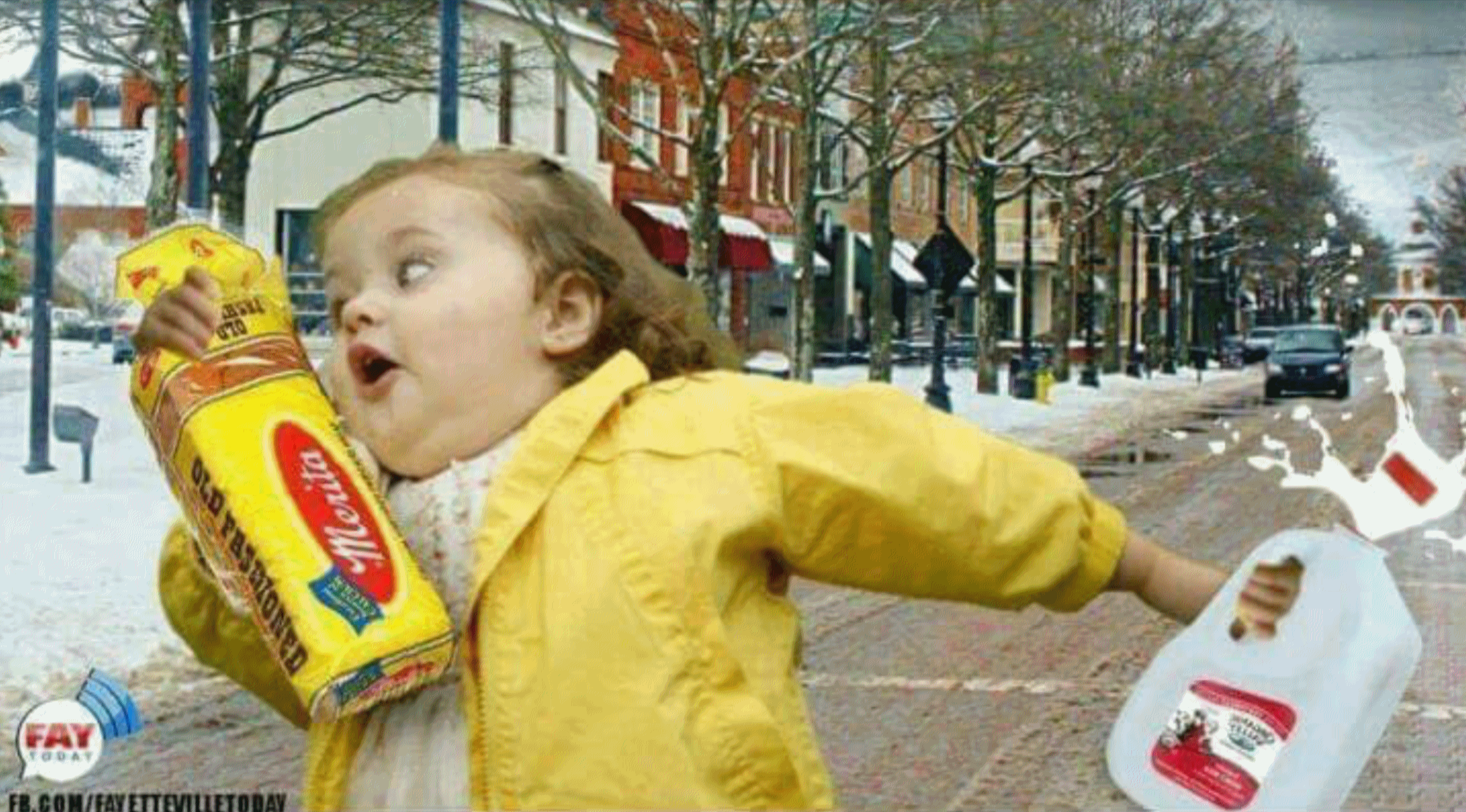 The Science Behind Why People Buy Bread When Snow Is In The Forecast
The Science Behind Why People Buy Bread When Snow Is In The Forecast. Here's an excerpt of a good explanation from Dr. Marshall Shepherd at
Forbes: "...
In the article The Psychology of Stockpiling,
Laurie Dove actually explored aspects of this question too. She quoted
Psychologist Lisa Brateman who pointed out, "the thought to get milk
before a storm is followed by the action or compulsion to go out and
stockpile it. In one way or another, we spend a lot of time and energy
trying to feel in control, and buying things you might throw out still
gives the person a sense of control in an uncontrollable situation." I
interpret from Dove's logic that buying perishable items may convey that
there is a sense of "temporary inconvenience" that can be endured as
opposed to buying more durable items like canned goods that would
signify a more traumatic situation. This argument suggests that
psychological coping or control of some sort is at play..."
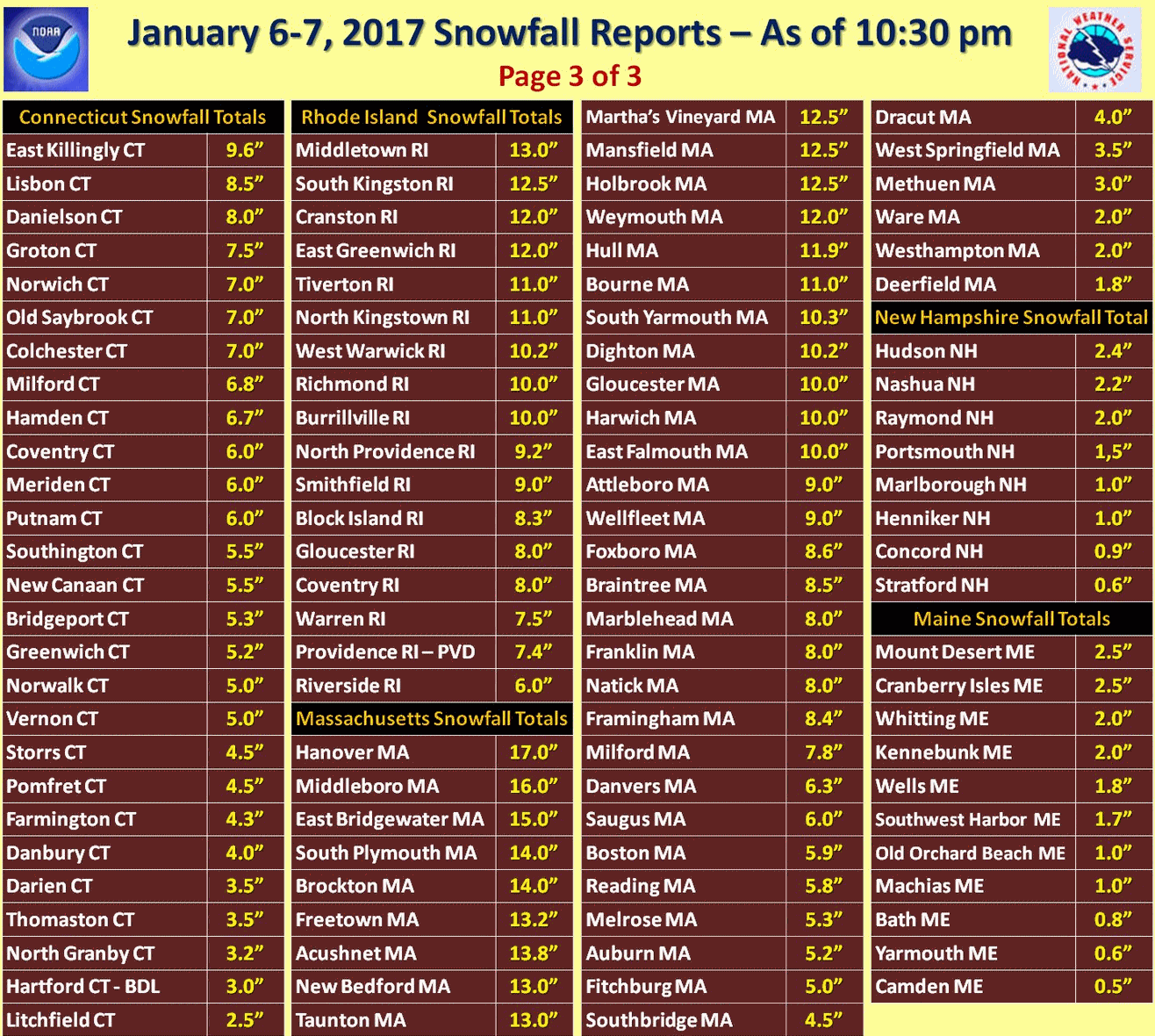
 Snowy Streak
Snowy Streak.
NASA imagery shows the stripe of snow from Friday's storm that dropped
snow and ice from Birmingham to Atlanta (where precipitation fell as
mostly freezing rain - glaze ice).
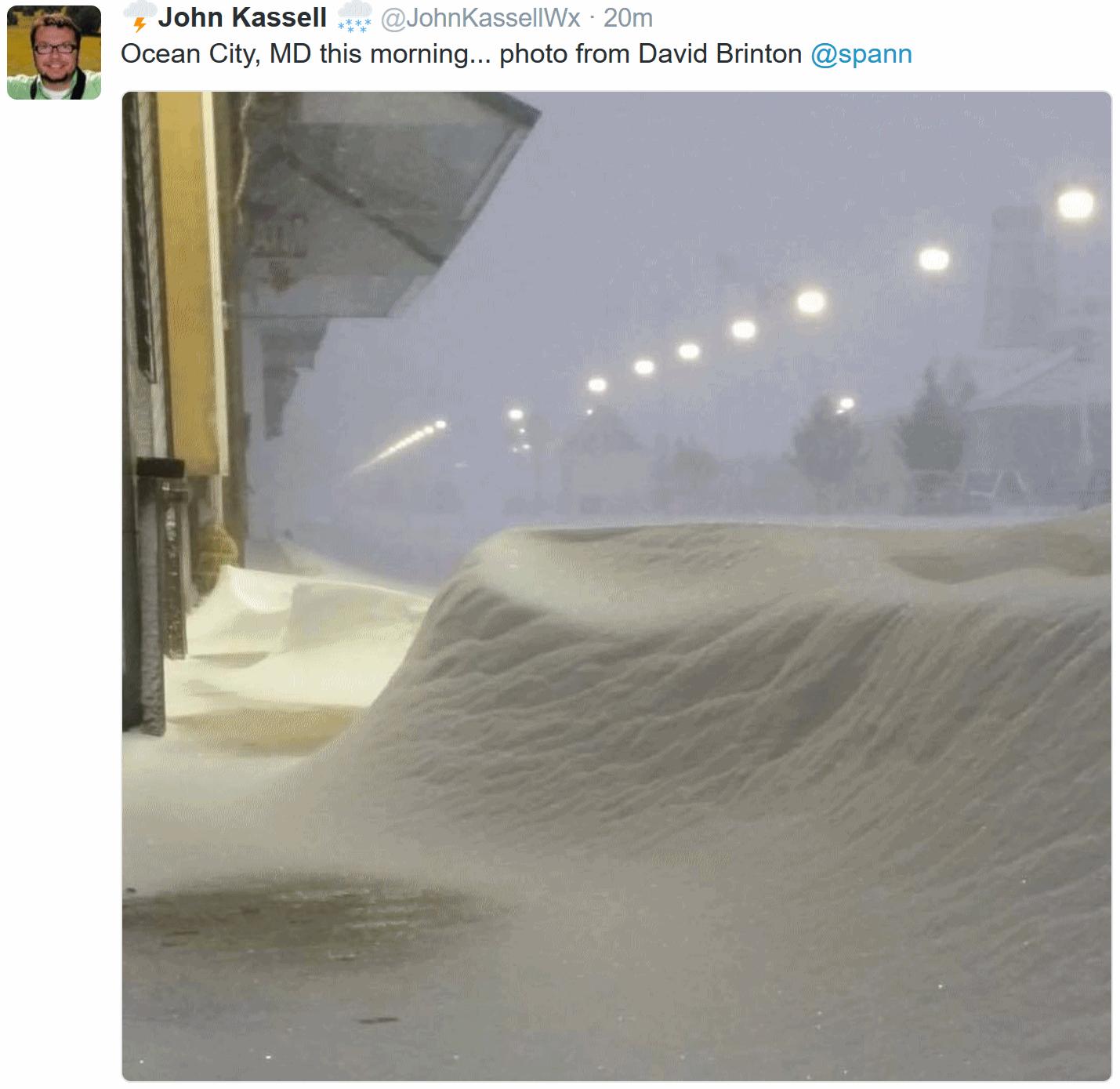

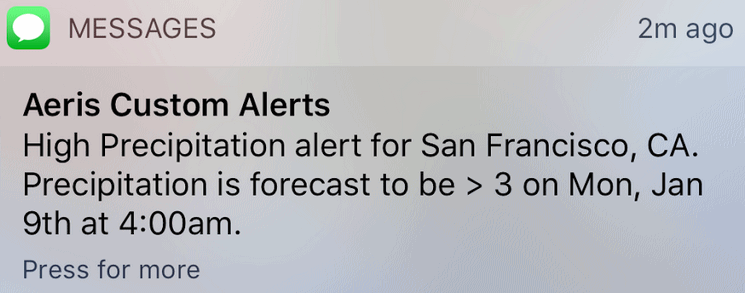
Live Storm Updates.
The Mercury News
has a running tally of storm impacts, closures and general disruptions -
worth checking out if you have family in the Bay area or anywhere in
central and northern California.
Major Flooding Expected Truckee and Carson Rivers. Reno Gazette-Journal has the
details.
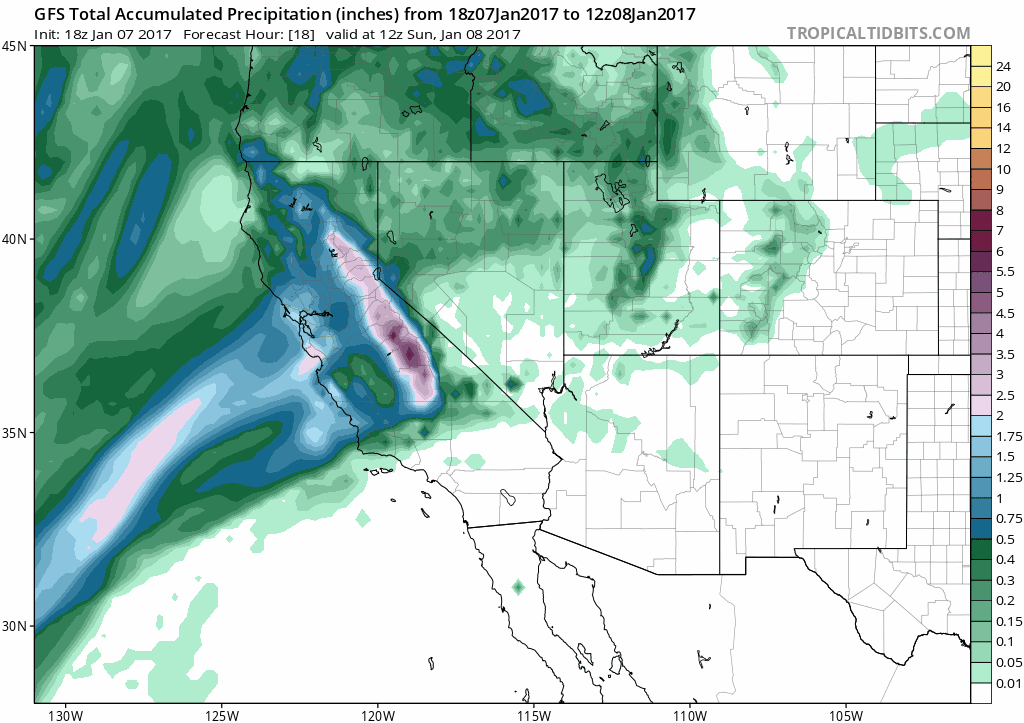 Extreme Precipitation Amounts.
Extreme Precipitation Amounts.
GFS guidance prints out about 2-4" rain for most of the Bay Area by
Monday night, but another wave of heavy rain moves in late next week - I
wouldn't be surprised to see 2 week totals in excess of 5-8", with
10-15" of precipitation translating into 10-15 foot snows for the
highest peaks of the Sierra Nevada. Amazing. Loop: Tropicaltidbits.com.
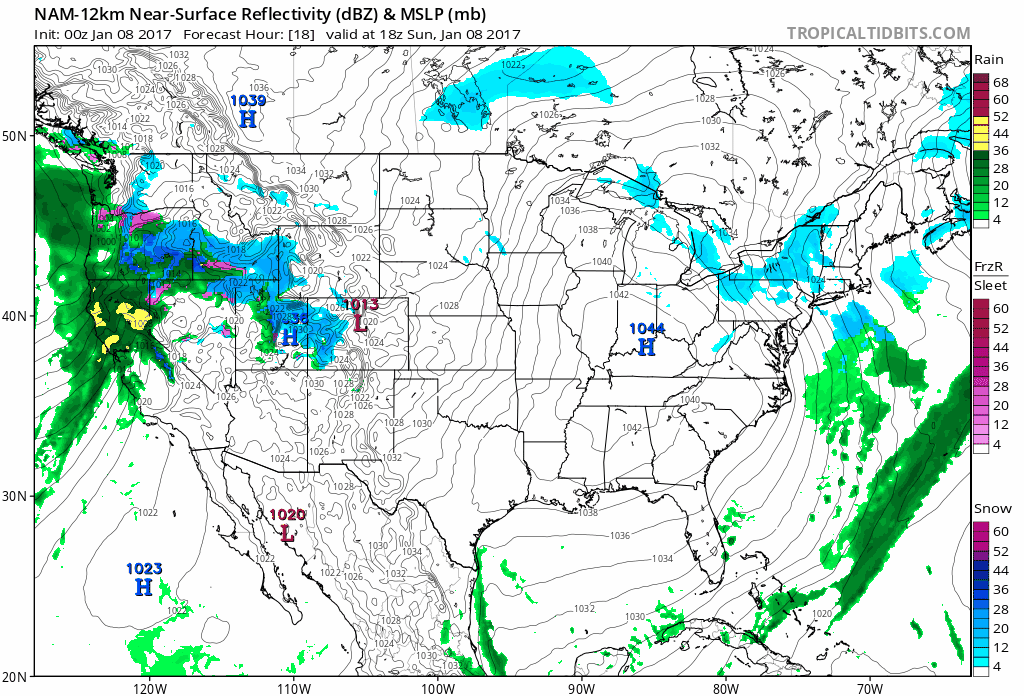 84-Hour Surface Map
84-Hour Surface Map.
The 12 KM NAM data includes isobars and future radar, showing the
steady stream of tropical moisture fueling flooding rains and
(ridiculous) mountain snows for California and ice for Portland, Oregon.
Light snow spreads across the Upper Mississippi Valley Monday and
Tuesday, the atmosphere warm enough for rain south of Chicago and
Detroit.
 Brisk Start
Brisk Start.
These were 9 AM surface temperatures Saturday morning; still well below
zero across the northwestern half of Minnesota and much of the
Dakotas. Map: Aeris Map Platform (AMP).
Few Inches by Wednesday Morning?
NAM guidance suggests a couple inches of snow Monday into Tuesday over
much of central Minnesota, maybe 4-5" from Mankato and Hastings to Eau
Claire and Green Bay. Hopefully we pick up enough snow to cover the
nasty layer of arctic ice.
January Thaw Brewing.
It's coming - one more arctic swipe late in the week (it won't last
nearly as long) and then temperatures quickly rise into the 20s and 30s
by mid-January. It's coming late, but it's coming.
Mild End to January.
The GFS model shows a strong subtropical jet, more typical of an El
Nino Pattern. We're in a weak La Nina to ENSO neutral pattern. The last
week to 10 days of January should be relatively mild east of the
Rockies; another treadmill of storms pushing into the west coast.
Place Your Bets.
January may wind up colder than average for much of the USA, certainly
the northern third of America. Will the atmosphere compensate with a
warmer than normal February? Saturday's CFSv2 (Climate Forecast System)
solution looks warm from Alaska into most of the Lower 48. But the model
has been flip-flopping between mild and cold solutions, so confidence
levels are still very low. Map: WeatherBell.
Minnesota: Most Miserable Winters in the USA?
I happen to disagree, and not just because I live here. Our coldest
days tend to be sunny. That is NOT the case in big cities near the Great
Lakes. Chicago was far more depressing: miserably cold and gray with
lake-effect clouds and snow bands every other day with high humidity
(from Lake Michigan) that made it feel even colder. The only thing worse
than sunny and bitter is cloudy and bitter/damp. In the end it's all a
bit subjective, but I had to laugh reading
Thrillist.
Wear it as a badge of cold, hard honor: "...
How
can you remain so upbeat when you get all the winter weather patterns?
Alberta clippers? Sure. Panhandle hooks? You betcha! Parts of northern
Minnesota see up to 170in of snow in a winter. One hundred seventy
inches! That’s like two and a half times the height of Kent Hrbek!! It
can get down to -60 degrees, a temperature at which frostbite can occur
in fewer than five minutes. There are no chinook winds or moderating
oceans to temper things outside of a small area by Lake Superior. Your
sports teams never win championships. All of your good high school
hockey players end up starring for NHL teams in other cities. Ice
fishing can’t be that cool, really. And so we think that -- despite all
appearances -- Minnesota does in fact have the most miserable winter in
the United States..."
Polar Positives.
We get a lot of grief for living here, but there's something to be said
for cold air. There are advantages. When it's this cold it means the
main storm track has been shoved well south of Minnesota. We can get
flurries, maybe a coating of fluff, but no big accumulation when it's
-5F or 0F or even 10F. In a weird way the bitter cold inoculates us from
the craziest storms. Am I rationalizing? You betcha!
Good News for Minnesota Snow Lovers?
I happen to agree with Mark Seeley's assessment and outlook for an
average or above average winter for snow for most of Minnesota. Here's
an excerpt from this week's edition of
Minnesota WeatherTalk: "...
Most
climate stations in southern Minnesota are reporting less than normal
seasonal snowfall so far this winter, generally values that are under 20
inches. There are some exceptions, Redwood Falls reports over 27
inches, which is above normal for them. Most of the seasonal surplus of
snow has fallen in northern Minnesota, where many climate observers are
reporting above normal values. Kabetogama, Orr, and Cook have reported
over 60 inches so far. International Falls is also above normal with 44
inches so far. In western counties Argyle (Marshall County) and
Ottertail are reporting well over 3-feet of snow so far which is above
normal there. The outlook models continue to favor above normal seasonal
snowfall for many parts of the state through March..."
California's Snow Is Turning to Rain.
All this rain is good for California's perpetual drought, but snow
would be much better. Snow sticks around, melts slowly, providing water
year-round. Much of the rain will wash into creeks and rivers and flow
into the Pacific. Here's a clip from
Bloomberg View that caught my eye: "
Drought-weary California is getting soaked this week. Most of the state is already having
a wetter-than-normal rainy season, it's been raining and snowing for
the past couple of days, and on Saturday and Sunday an "atmospheric
river" of precipitation is expected to arrive. That sounds like great
news -- California needs water, right? What it needs even more is snow,
though, and that's where this weekend may disappoint. Current forecasts
estimate that the snow will move to above 9,000 feet in the Sierra
Nevada on Sunday, subjecting all but the state's tallest peaks and
ridges to a downpour that will melt a lot of the earlier snowfall and
possibly cause extensive flooding..." (Map credit: EPA).
London Takes 5 Days to Breach 2017 Air Pollution Limit.
The Washington Post explains: "
It
was a powerful image: soaring high in the sky next to Big Ben was a
Mary Poppins figure wearing a protective mask. And for good reason:
London exceeded its annual air pollution limits for the whole of 2017 on
Thursday night — a whopping five days into the new year. London is a
world leader in nitrogen dioxide (NO2) -- levels are far higher than
they are in the U.S. -- because of its reliance on diesel-powered
vehicles. Many of the city’s iconic black cabs and double-decker buses
are run on diesel, a major source of NO2..."
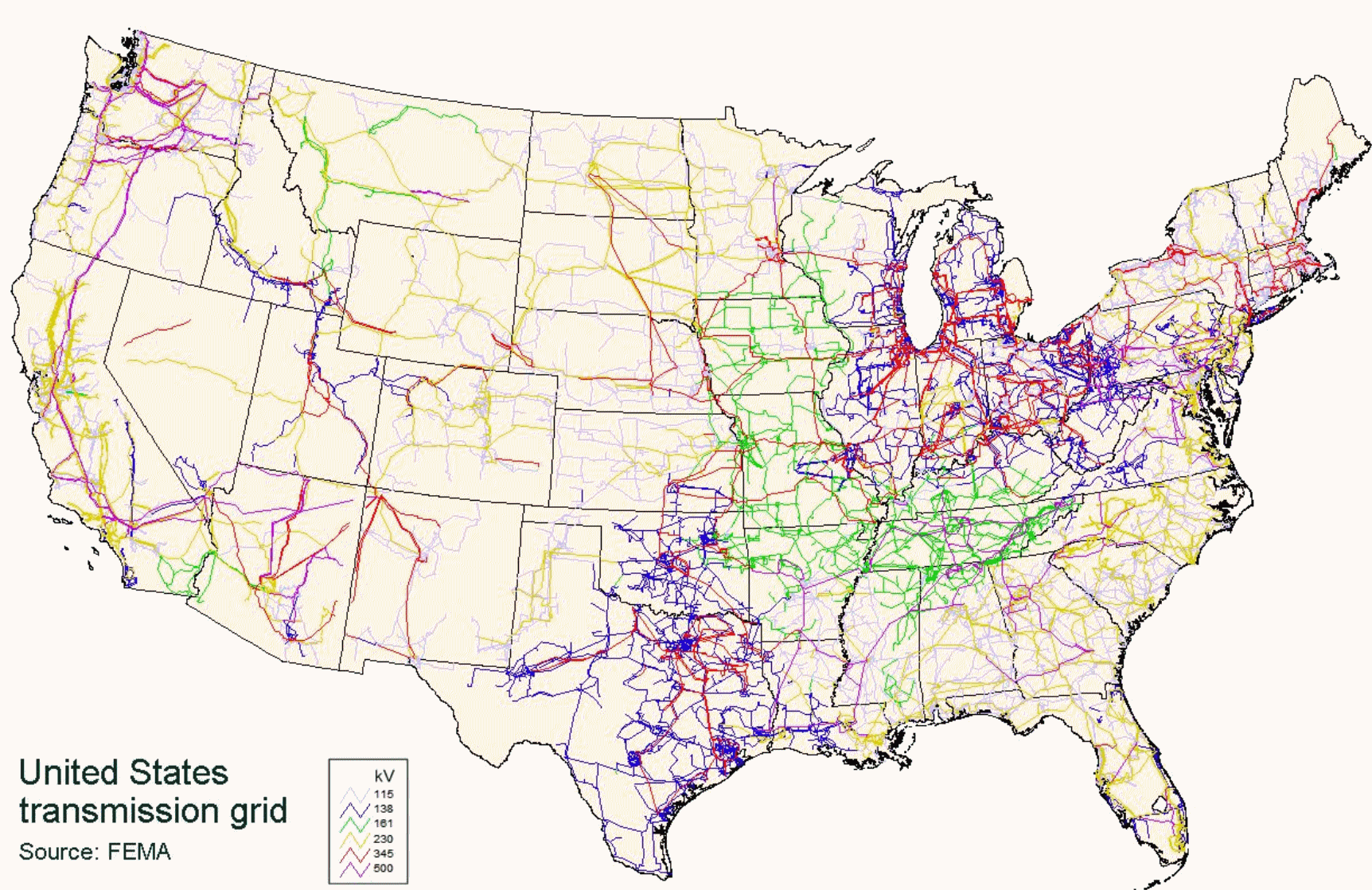 New Obama Reports Warns of Changing "Threat Environment" for the Electricity Grid
New Obama Reports Warns of Changing "Threat Environment" for the Electricity Grid.
The Washington Post reports: "...
The
agency urged policymakers to grant regulators new emergency powers
should threats become imminent, among other recommendations. The
document notes the sprawling scale of U.S. electric infrastructure: The
nation has 7,700 power plants (ranging from coal-fired to nuclear) and
55,800 substations. Some 707,000 miles of high-voltage transmission
lines link the two, and then 6.5 million additional miles of local lines
spread out from the substations. Dramatic change is sweeping over the
sector. For instance, so-called smart meters are being added to bring
more online control to the electrical grid. And more and more households
are adding solar systems to their rooftops, providing new connecting
points. A “rapidly evolving system” is in major need of modernization
and upgrades to keep pace, the report says..." (Map credit: FEMA).
2016 Electric Vehicle Sales Soar.
Huffington Post has the details: "
This past December brought in the highest electric vehicle (EV) sales in the U.S. ever - by a lot. According to Inside EVs,
American consumers bought nearly 25,000 EVs last month, an amazing 80
percent increase over December of 2015 and a more than 7,000 car
increase over the last monthly high last September. In fact,
electric vehicles really hit the road throughout 2016, with the total
increase from 2015 to 2016 jumping an impressive 37 percent.
This contrasts sharply from the previous year-on-year comparison, which
was about a 5 percent decrease in sales. To put this milestone in
context, 2016 saw three times the 52,000 EVs sold in the U.S. in 2012 — a
major leap for any industry in just four years..."
Norway to Become First Country to Switch Off FM Network. The goal is to encourage a shift to digital; turns out there are still a lot of old fashioned (analog) FM radios out there.
Newsweek reports: "
Norway
will become the world’s first country to shut down its FM network in an
unpopular move designed to force the leap to digital technology.
Critics claim the switch off will leave citizens without digital radios
isolated and unable to listen to emergency broadcasts. Around two
million cars in the country are also unequipped with Digital Audio
Broadcasting (DAB) technology. The Norwegian government claims the
switch to digital will save money and allow national radio stations to
invest more in radio content..."
Top 15 Gadgets from CES. This might be cool on your favorite lake this summer. Here's a snippet from
Fortune: "
The
Consumer Electronics Show (CES) 2017 has gathered an estimated 180,000
visitors in Las Vegas, Nev., for a 5-day festival where manufacturers
will unveil some 20,000 new products, from the highly technical to the
downright weird (and most of them with the word "Smart" in the title).
Here are our 15 favorite gadgets from Day 1."
Photo credit: "
The PowerRay, an underwater drone, is designed to detect and take footage of fish. The device can be controlled b VR goggles." Photograph: John Locher - AP.
This Is The World's Most Expensive City for Expatriates. An $8 cup of coffee?
TIME reports: "
An annual report
by global consultancy firm Mercer has declared Hong Kong as the world’s
most expensive city for expatriates to live in. The survey of 209
cities took into account the cost of scores of items in each
destination, including housing, food and entertainment. Mercer found
that an unfurnished two-bedroom apartment in a decent neighborhood of
Hong Kong rented for over $6,800 a month, compared to roughly $4,600 in
London and just $4,000 in Tokyo. A cup of coffee cost nearly $8 in Hong
Kong — twice as much as London ($4.40) and Tokyo ($4.00) respectively..." (Photo credit
here).
What The Heck is a "Snow Mushroom"? No, it's not a hippie thing.
Atlas Obscura has a good explanation: "...
Snow
mushroom formation begins with a tree, fallen or felled, that leaves
behind a wide stump a few feet in height. In the winter, these stumps
start accumulating snow. In Glacier National Park, the snow falls heavy
and fast—as much as 12 inches an hour, at some times, averaging 48 feet
in total over the course of the winter—and the wind is calm. The result
is that the snow gathers around the top of the stump. The resulting
snowballs can become giant. Cornish found snow mushrooms as wide as 12
feet in diameter. They were also surprisingly sturdy, as he reported in a
1902 issue of The Geographical Journal..."
Photo credit: "
Guide Fred Pepper standing by a snow mushroom along the line of Canadian Pacific Railway."
Image courtesy of Peel's Prairie Provinces, a digital initiative of the University of Alberta Libraries
TODAY: Fading sun, breezy. Winds: S 10-15. High: 16
SUNDAY NIGHT: Clouds increase. Low: 10
MONDAY: Light snow or flurries expected. Winds: SE 5-10. High: 22
TUESDAY: Chance of snow, then windy, colder. Winds: NW 10-20. Wake-up: 18. High: 27
WEDNESDAY: Lot's of clouds. Feels like -10F. Winds: NE 7-12. PM flurries. Wake-up: 6. High: 14
THURSDAY: Flurries taper, arctic wind kicks in. Winds: NW 10-15. Wake-up: 4. High: 10 (feels like -20F)
FRIDAY: Bright sun, please send hot cocoa! Winds: NW 5-10. Wake-up: -9. High: 1
SATURDAY: Chilled sunshine. No thaw yet. Winds: E 5-10. Wake-up: -6. High: 8
Climate Stories...
As Earth Gets Hotter, Scientists Break New Ground Linking Climate Change to Extreme Weather. Here's an excerpt of a post at
Environmental Defense Fund: "...
The World Weather Attribution
project, an international effort “to sharpen and accelerate the
scientific community’s ability to analyze and communicate the possible
influence of climate change on extreme-weather events,” now conducts
initial analyses in near real time. In 2016, this project covered the
March coral bleaching in the Pacific Ocean, the May European rain
storms, the August Louisiana floods, the extreme Arctic warming during
November and December, and the December cold air outbreak over the
United States – all significant weather events. In four of the five
events, scientists found links to human-caused climate change, with the
December cold air outbreak being the only event without a discernible
human fingerprint..."

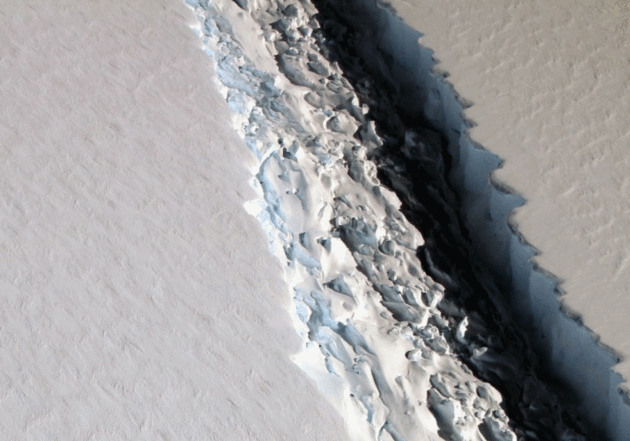
Large Iceberg Poised to Break Off from Antarctica. This may be a REALLY big iceberg, as reported by Climate Central: "A
rift that has been wending its way across Antarctica’s massive Larsen C
ice shelf just made another leap forward, growing by more than 10
miles, scientists monitoring it reported Thursday. Now, a chunk of ice
bigger than New York's Long Island is hanging on by a relative thread.
When it breaks off — possibly very soon — it could put the ice shelf in a
more precarious position that could eventually lead it to disintegrate.
That could contribute further to the global sea level rise
that is threatening the many populous cities that lie within a few
miles of the world’s coasts. “This event will fundamentally change the
landscape of the Antarctic Peninsula,” the scientists at Project MIDAS,
an Antarctic research effort that has been watching the rift closely, wrote in update..."
Photo credit: "
A
large rift in Antarctica's Larsen C ice shelf, photographed by NASA's
IceBridge mission on Nov. 10, 2016. The rift surged ahead by about 10
miles in late December." Credit: NASA/John Sonntag
Wisconsin Can't Ignore Climate Change. Here's an excerpt of an Op-Ed at lacrossetribune.com: "The
Northwest and the Upper Midwest are the climate regions seeing the
largest decreases in precipitation falling as snow over the past 66
years.” Some 72 percent of the stations in the region including
Wisconsin, Minnesota, Michigan and Iowa were reporting less snow and
more rain. Those findings have consequences beyond winter tourism;
snowfall also has an impact on agriculture. “Snow on the ground is also a
good insulator, helping keep soils moist during the winter, rather than
exposing them to the bitter Arctic winds that can dry them out,” the
Climate Central report noted..."
World Heat Shatters Records in 2016 in New Sign of Global Warming. Here's the intro to a summary at Reuters: "Last
year was the hottest on record by a wide margin, with temperatures
creeping close to a ceiling set by almost 200 nations for limiting
global warming, the European Union's Copernicus Climate Change Service
said on Thursday. The data are the
first of the New Year to confirm many projections that 2016 will exceed
2015 as the warmest since reliable records began in the 19th century,
it said in a report. The Arctic was the
region showing the sharpest rise in temperatures, while many other areas
of the globe, including parts of Africa and Asia, also suffered unusual
heat, it said. A few parts of South America and Antarctica were cooler than normal.Global
surface temperatures in 2016 averaged 14.8 degrees Celsius (58.64°F),
or 1.3C (2.3F) higher than estimated before the Industrial Revolution
ushered in wide use of fossil fuels, the EU body said..."
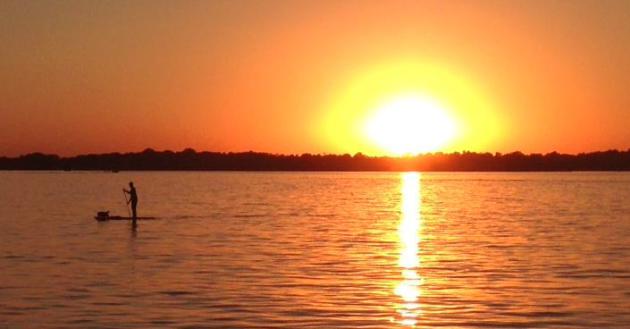
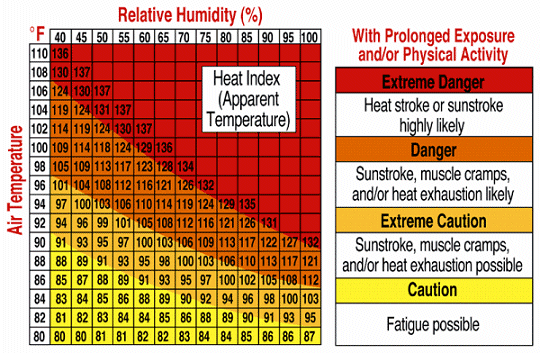





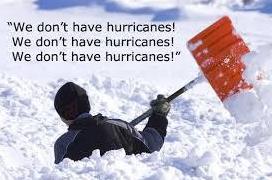
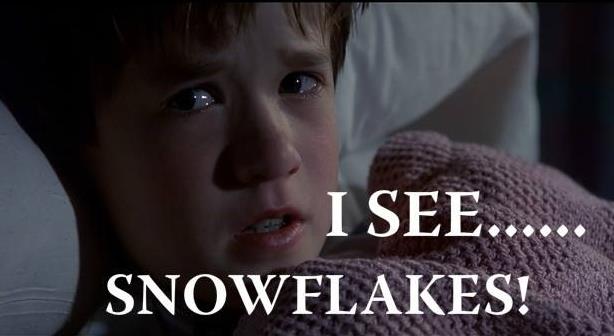



No comments:
Post a Comment